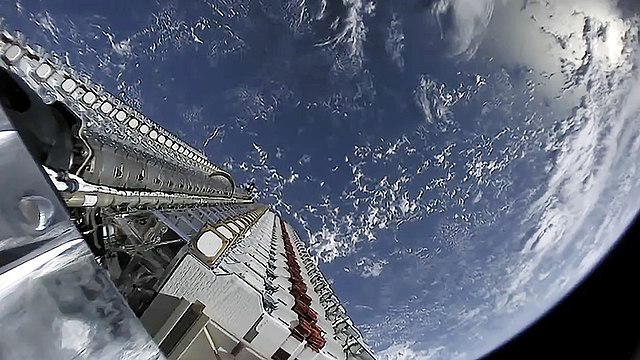Broadband: The sky’s the limit

It is widely recognised that access to high speed broadband has become a necessity for businesses and homes. To meet the demand, many companies both old and new, are increasing the spread of fibre-based broadband to such an extent that overbuild exists in certain areas of the UK.
Despite this expansion of fibre to the premises (FTTP) services, those in more remote areas, where the provision of FTTP is deemed uneconomic, still suffer from slow speed Internet access.
But there are solutions to the challenge of serving hard to reach areas. Ofcom, the national regulator in the UK, is encouraging the use of low earth orbit (LEO) satellites by opening up extra radio spectrum for LEO operation. Allied to this, the UK government has announced the trial of SpaceX’s Starlink LEO satellites to improve Internet access in more rural areas. Recent tests have shown that broadband speeds of up to 200 Mbit/s are possible with Starlink, four times the average UK speed.
The European Union has gone a stage further by announcing the development of its own LEO satellite system.
5G fixed wireless access (FWA) offers an alternative solution. 5G provides mobile users with broadband speeds comparable with many fibre services. 5G FWA harnesses this capability to provide homes and offices with an alternative to copper or fibre connections to the Internet.
Ericsson, the telecoms equipment manufacturer, predicts there will be 300 million FWA users by 2028 with much of the growth taking place in emerging markets such as Mexico, South Africa and India.
The PTT course “Wireless communications” introduces satellite and FWA services. “Introduction to mobile systems” describes the capabilities of 5G, and “Telecoms access networks” describes the provision of copper and fibre broadband.